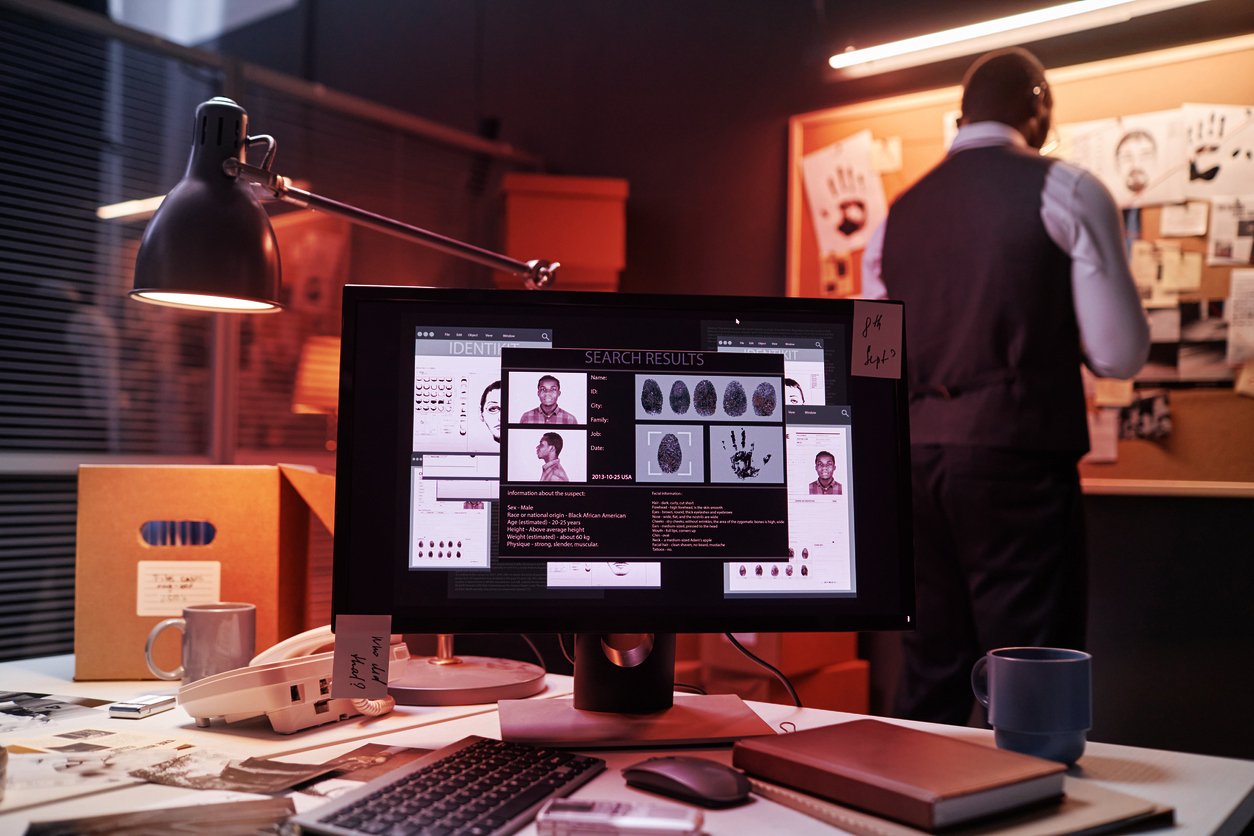Despite the controversy around AI, it has a wide range of practical applications across many fields. Among those is law enforcement, AI is being used by many departments for years. What types of tasks are police using AI for today?
In previous blog entries I have talked about predictive policing and crime mapping, which is a method by which police use crime data to help predict where and when a violent crime might happen next. The concept of correlating certain neighborhoods with increased crime has been around since the early 1800s, but the use of computers to aid this approach only started in the 1990s with a data-collection system called CompStat. However, this method is still not wholly reliable, and could be improved with the help of AI—with awareness of the dangers that come with it, of course. Many people see crime forecasting as a useful part of a greater toolkit rather than the end-all, be-all of policing.
Police surveillance is often conducted with the assistance of AI. For example, if you’ve kept up with the news surrounding biometric data, you’ve likely heard of Clearview AI, a company that makes facial recognition software. While controversial, thousands of police departments have made use of this software to help identify persons of interest during investigations. It can help catch suspects and fugitives, but there are also inherent concerns about privacy laws surrounding facial recognition software.
But faces aren’t the only thing that AI can help detect. For years police have been able to use cameras to quickly scan traffic for license plate data from cars; technology has recently evolved far beyond simple data collection. Police have begun to use AI to recognize suspicious driving patterns, tracked by the car’s appearance and license plate. In March of 2022, New York police arrested a drug trafficker after an AI tool flagged a vehicle based on the data they’d collected about its travel patterns. In addition, devices like gunshot detectors, automated drones, and police robots have been in use for many years by law enforcement. And while all of these use some amount of AI, it has recently been applied on a larger, more impactful scale.
An application of machine learning that might surprise you but has also been in use for a years is within the forensic side of criminal justice. If you’ve ever wondered how detectives are able to identify DNA samples, ballistic markings, and fingerprints, the answer is AI. The tech used may be more simplistic than some of the other popular AI programs but it is vital and, most importantly, reliable. AI is particularly good at database analysis and pattern recognition. In the past, matching fingerprints was done manually—which as you might imagine takes a lot of time and training to do accurately. In fact some investigative techniques like comparing ballistic markings have even been found to be much more reliable when left to an AI program. While humans still oversee the end results, the computers do most of the intensive labor of finding the matches.
In what ways could AI change and hopefully improve policing in the future? What parts of policing, if any, could become fully automated in the future? Soon, we may see police using things like smart glasses with AI systems built in. They simply look at a potential suspect and immediately see a display that identifies the individual and provides information that could lead to an arrest.
What are the important pitfalls of AI to watch out for, especially when it comes to law enforcement? It may seem like sci-fi, but with the pace that AI is evolving, you never know how far off these changes may become routine investigative techniques. It’s no longer a matter of “if”. It is simply a matter of when.
